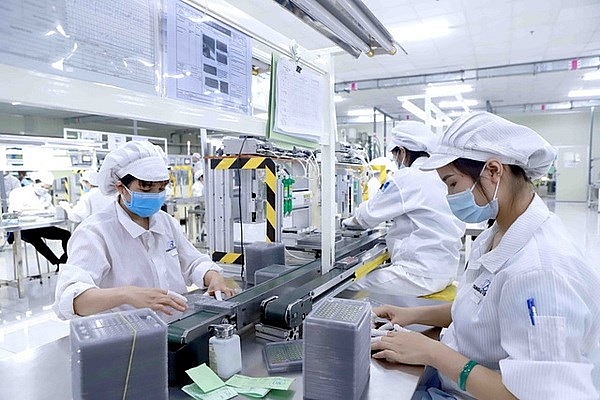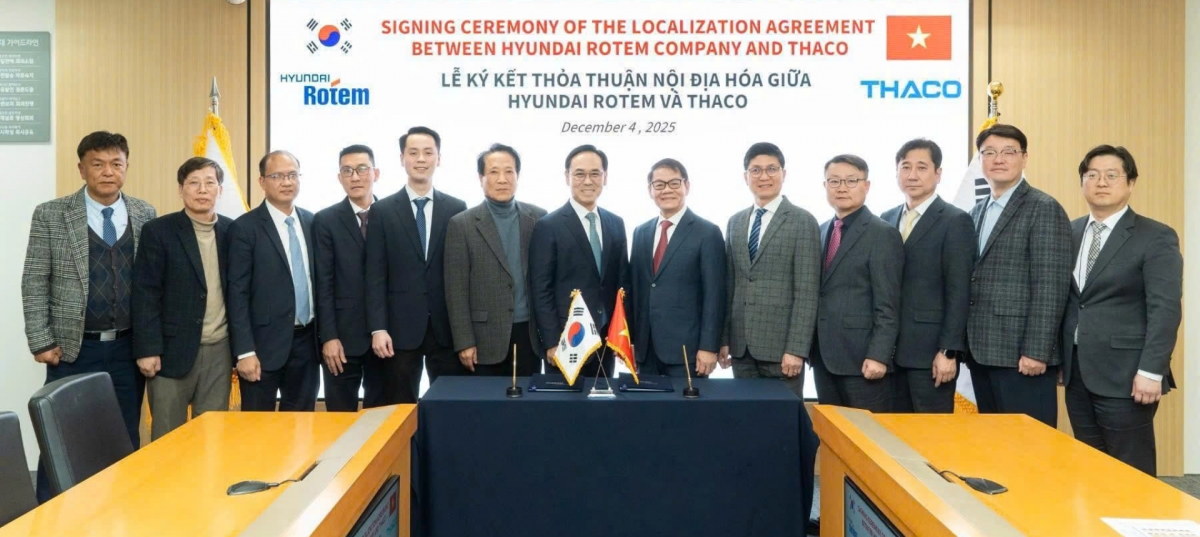INTERNATIONAL INVESTMENT
AND PORTAL
The southeast region is preparing necessary conditions in infrastructure, administrative procedures and human resources to welcome a new wave of foreign direct investment (FDI), as investors have flocked to the region right from the beginning of this year.
 Illustrative image (Source: VNA)
Illustrative image (Source: VNA)
Hanoi – The southeast region is preparing necessary conditions in infrastructure, administrative procedures and human resources to welcome a new wave of foreign direct investment (FDI), as investors have flocked to the region right from the beginning of this year.
The region, comprising Ho Chi Minh City and five provinces of Dong Nai, Binh Duong, Ba Ria–Vung Tau, Binh Phuoc, and Tay Ninh, has been attractive to investors. HCM City and Binh Duong were the leading localities in FDI attraction in 2022 with 3.94 billion USD and 3.14 billion USD, respectively.
Right at the beginning of 2023, Binh Duong welcomed many large firms coming to explore the local investment opportunities, including Sembcorp and CapitaLand from Singapore, Nebraska from the US, and Tokyu from Japan.
According to the Ministry of Planning and Investment (MPI)’s Foreign Investment Department, the southeast region will continue to be the major FDI magnet of the country in 2023. This year, the country may lure about 36-38 billion USD in FDI.
In order to attract investors, over the recent years, the region has focused on developing the infrastructure system to strengthen regional connectivity. A 76.3-km Belt Road No.3 crossing four localities of HCM City, Binh Duong, Dong Nai, and Long An will be launched in the second quarter of this year, contributing to motivating the region’s development.
Meanwhile, regional localities have broadened the national highway and expressway systems to boost their growth.
Commenting on the growth prospect of the region, Japanese Consul General in HCM City Watanabe Nobuhiro said that once the Bien Hoa-Vung Tau expressway and Belt Roads No.3 and No.4 are put into operations, the connections among regional localities will be fostered, making the region even more attractive.
Alongside, the localities have also expanded their industrial parks (IPs) to make more spaces for investors.
HCM City is working on a 668-hectare Pham Van Hai IP, while Binh Duong is turning the 1,000-hectare Vietnam-Singapore IP (VSIP) to a green IP and investing on a 1,000-hectare Cay Truong IP as well as Rach Bap IP.
At the same time, Dong Nai is finalising procedures to set up eight other IPs, which are expected to provide more than 7,000 hectares of industrial land for investors.
Ba Ria-Vung Tau is also working on a plan to set up eight more IPs with a total area of over 8,000 hectares from now to 2030.
Furthermore, the localities have concentrated on improving their investment environment, with the promotion of single-window mechanism at IPs, aiming to make all procedures involving businesses faster, smoother and easier.
In terms of human resources, the localities have formed a linkage among the State, businesses and training facilities to ensure human resources training match businesses’ demands, and create a start-up ecosystem.
With the careful preparations of necessary conditions, experts predicted that the region will continue to take the leading role in FDI attraction.
 FDI inflows to Vietnam reach almost $1.7 billion in January
FDI inflows to Vietnam reach almost $1.7 billion in January
According to the General Statistics Office (GSO), Vietnam lured $1.69 billion in foreign direct investment (FDI) as of January 20 this year, a year-on-year decrease of 19.8 per cent.
 January FDI down 20 per cent on-year
January FDI down 20 per cent on-year
Despite a three-fold increase in newly registered capital, a sharp decrease in other areas has seen foreign direct investment drop in the first month of 2023.
By VNA



















